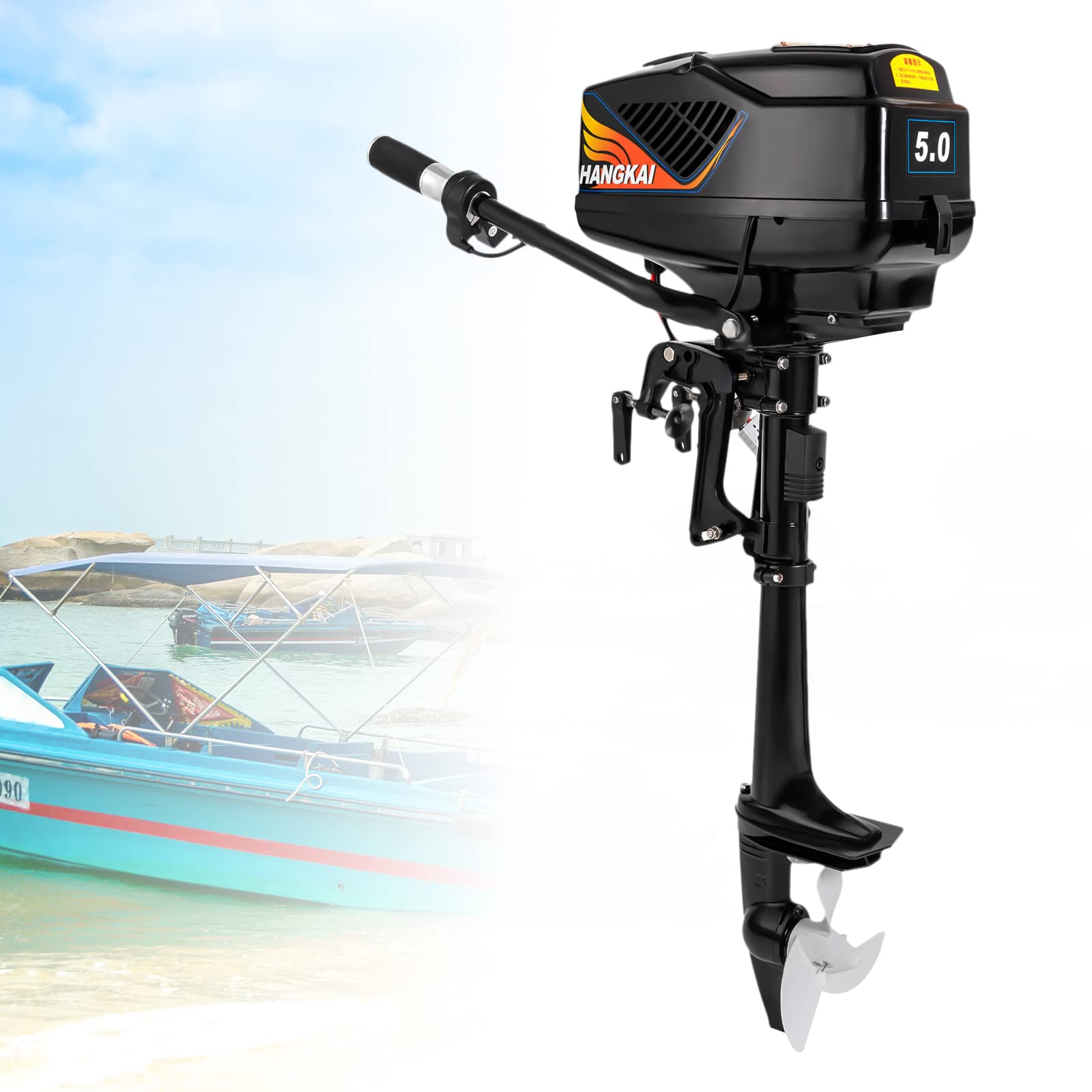The Evolution of Outboard Motors

The history of outboard motors is a fascinating journey of innovation and technological advancement. From their humble beginnings in the early 20th century to the sophisticated engines of today, outboard motors have revolutionized boating.The first commercially successful outboard motor appeared in 1907, designed by Ole Evinrude, a Norwegian-American inventor.
His invention was a 1.5 HP motor that was simple yet effective, revolutionizing how people approached watercraft propulsion. Evinrude's innovation inspired a wave of developments in marine engines, rapidly making outboard motors an essential tool for boaters.In the decades following their inception, outboard motors saw a remarkable evolution both in terms of power and functionality. The 1930s introduced more powerful and reliable models, attracting interest from recreational boaters and commercial operators alike.
The development of two-stroke engines became a significant milestone, providing increased speed and efficiency. However, these engines were known for being noisy and less environmentally friendly, which prompted further innovation.Post-World War II, the demand for recreational boating surged, driving advancements in outboard motor technology. The 1950s and 1960s saw the introduction of more compact designs and improved aerodynamics.
Manufacturers started focusing on elements like safety, ease of use, and reliability. Electric starters and manual pull-starts became common, offering more options to users.A major breakthrough occurred in the late 20th century with the introduction of four-stroke outboards. These engines marked a significant shift towards fuel efficiency and environmental sustainability.
Unlike their two-stroke predecessors, four-stroke engines burn cleaner and operate more quietly, making them increasingly popular among environmentally conscious boaters.The dawn of the digital age brought about another revolution in outboard motors buy outboard motors. Electronic fuel injection (EFI) became standard, improving fuel efficiency, reducing emissions, and enhancing overall performance. The introduction of digital throttle and shift systems provided smoother and more responsive controls, offering a much-improved boating experience.
Moreover, the incorporation of GPS and integrated smart technologies has made navigation and engine monitoring more accessible and user-friendly.Environmental considerations continue to drive advancements in outboard motor technology. Modern engines are designed to meet stringent emissions standards, with many manufacturers developing electric and hybrid models as potential solutions to future demands. These environmentally friendly options, while still emerging, are gaining traction as viable alternatives.
Furthermore, manufacturers are paying close attention to the materials used in the construction of outboard motors. Lightweight, corrosion-resistant materials enhance performance and longevity, particularly in challenging marine environments. The shift towards more sustainable and efficient materials reflects the industry's commitment to innovation and environmental responsibility.In conclusion, the evolution of outboard motors is a testament to the blend of innovative spirit and technological progress.
The journey from Ole Evinrude's rudimentary design to today's high-performance, environmentally friendly engines highlights the ongoing quest for more efficient, powerful, and sustainable solutions. As technology continues to advance, the future of outboard motors promises even greater innovations, making boating more accessible and enjoyable than ever before.
